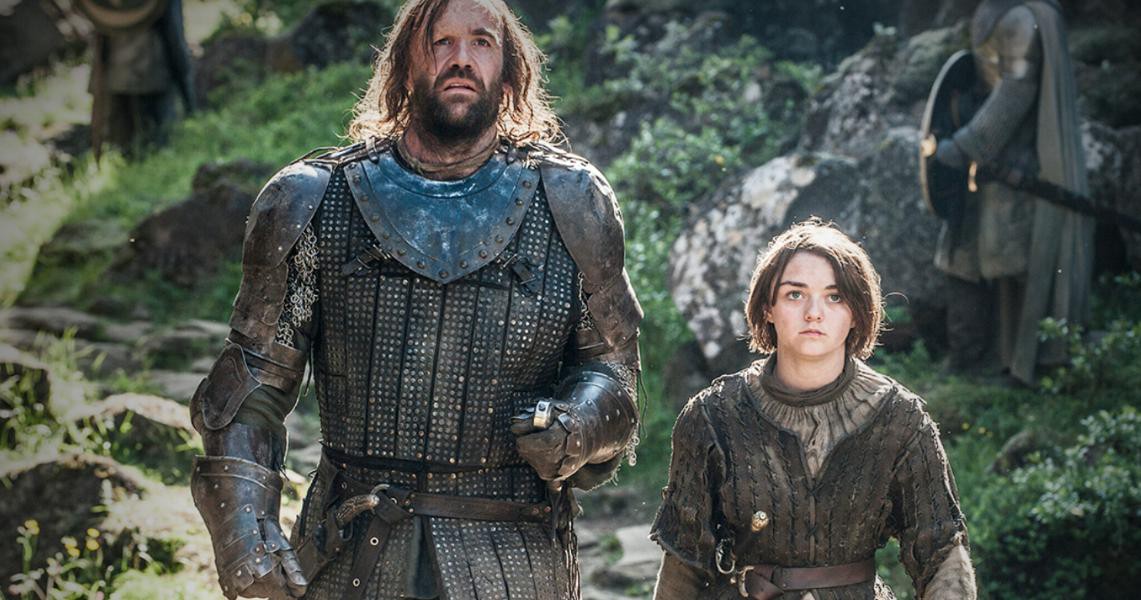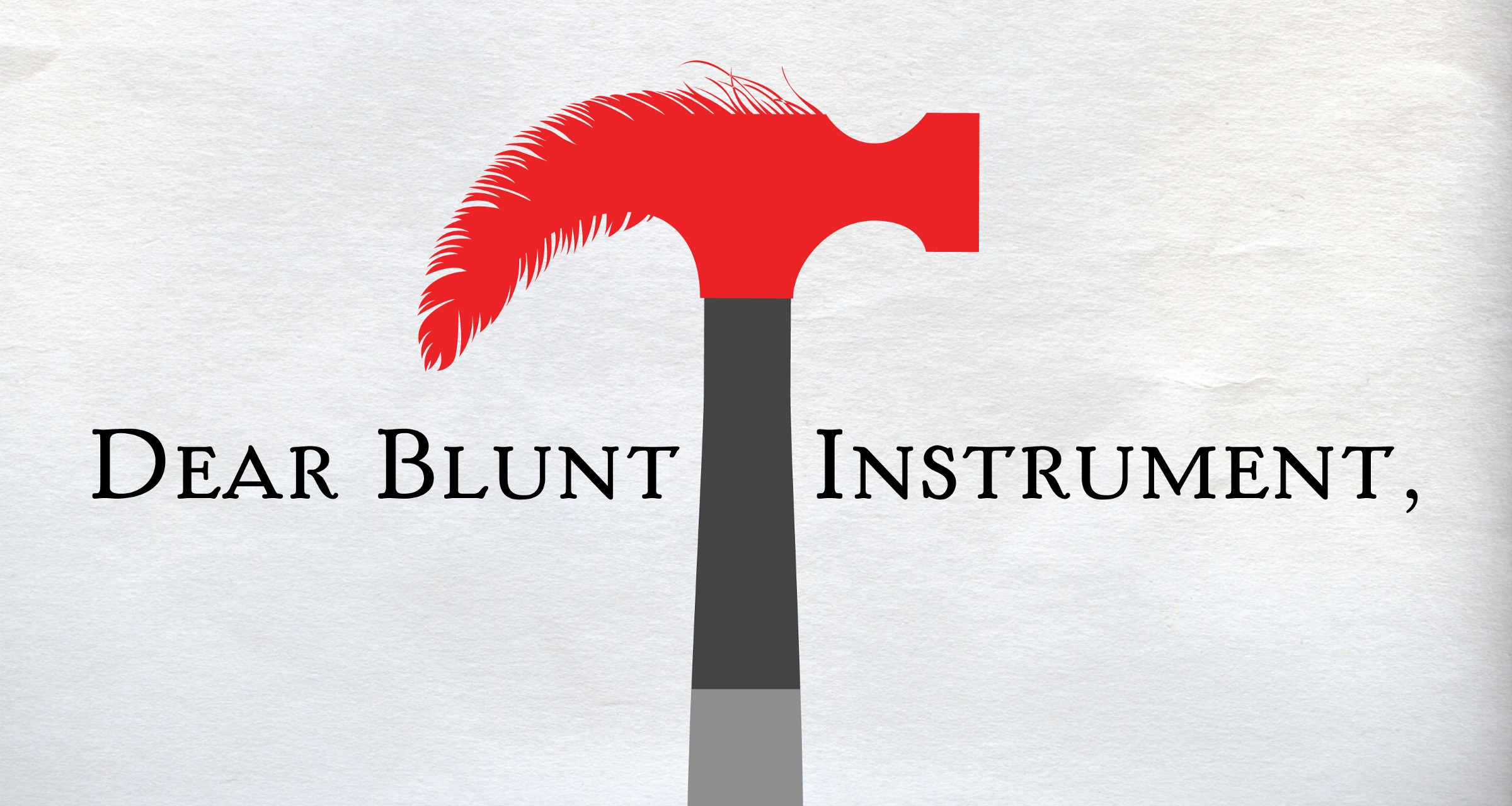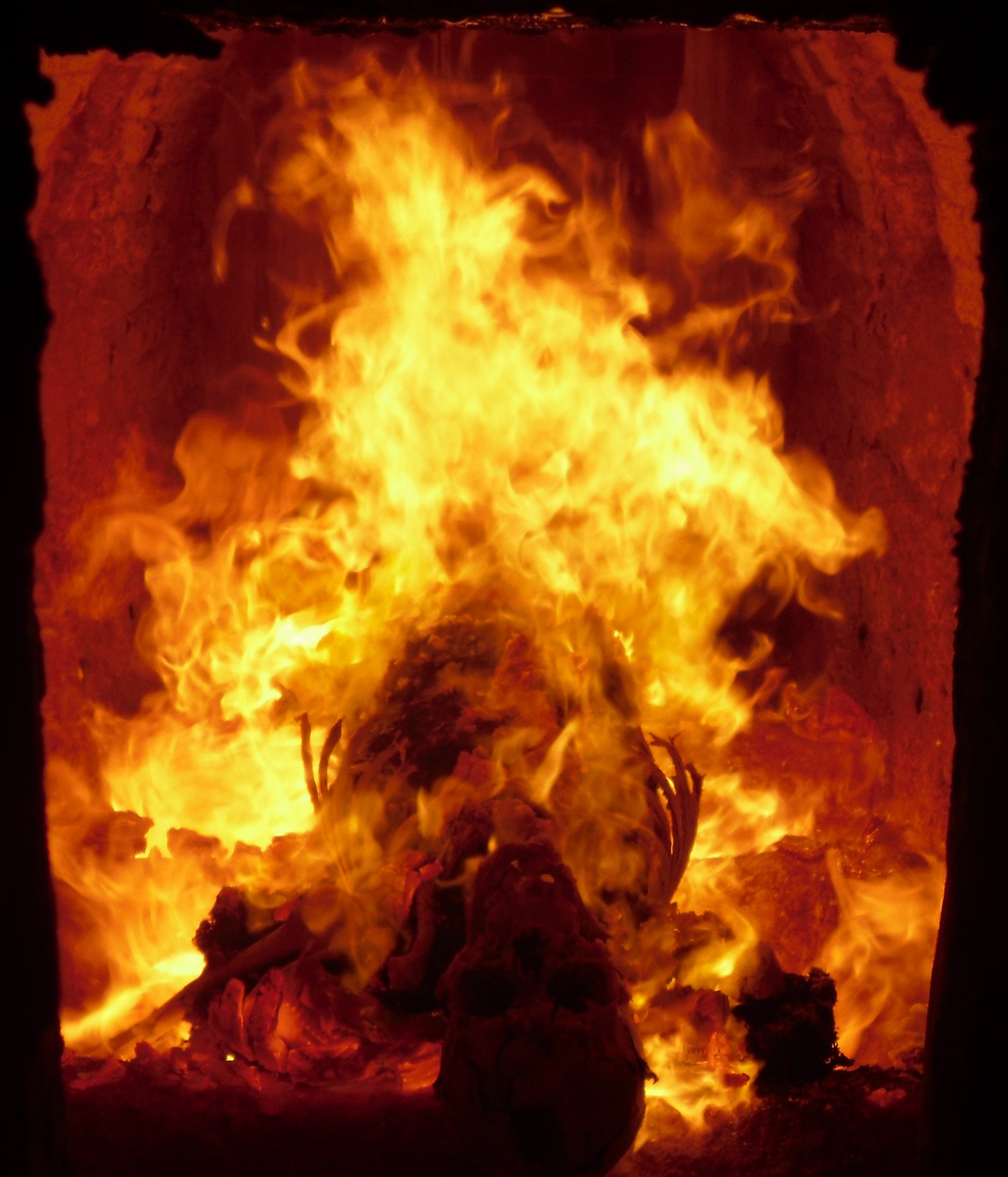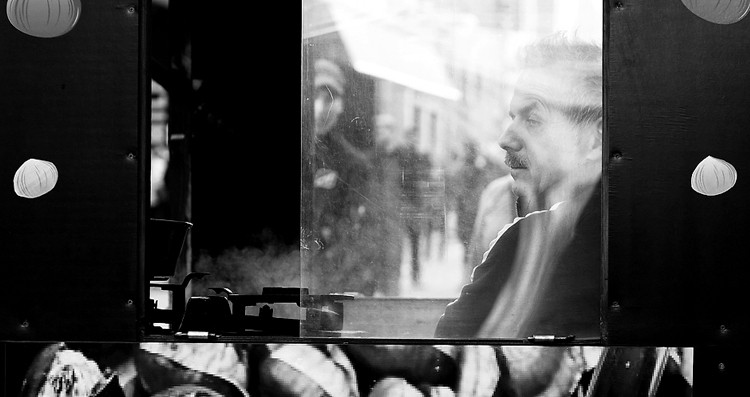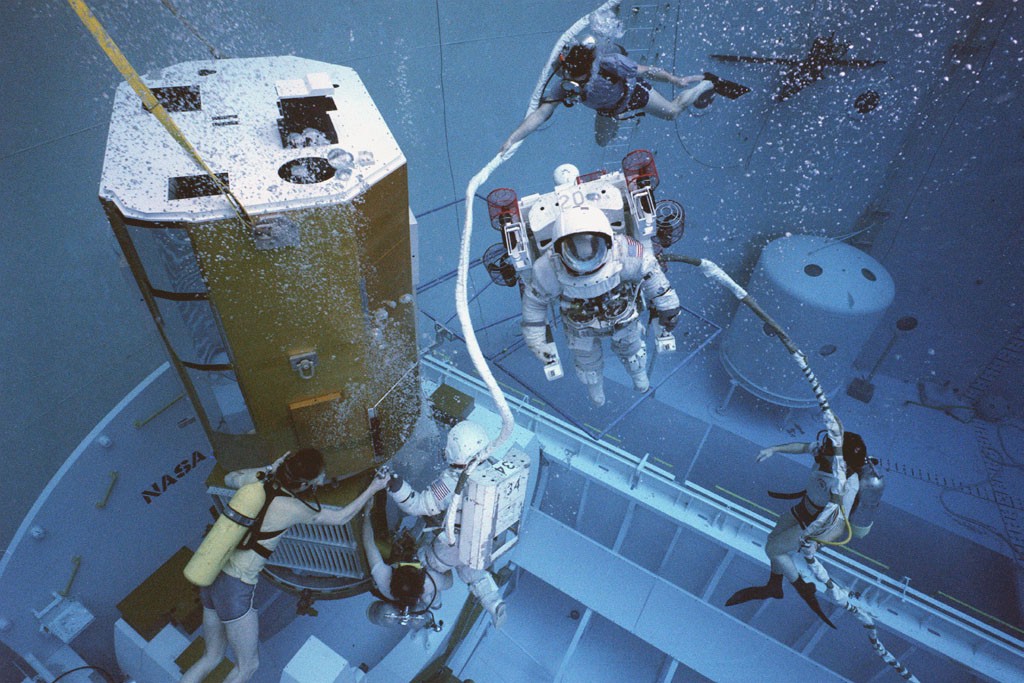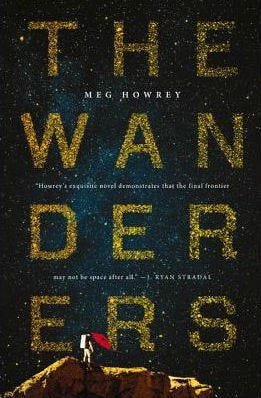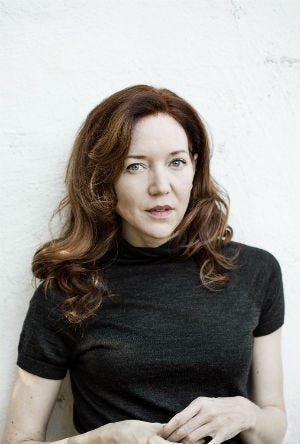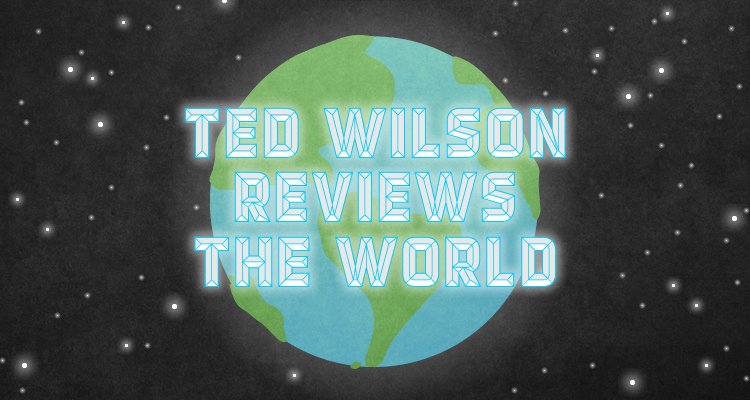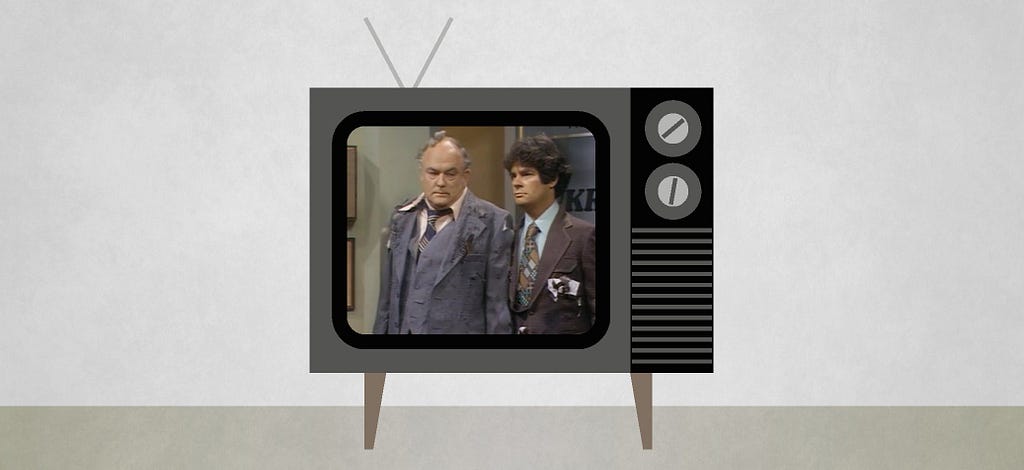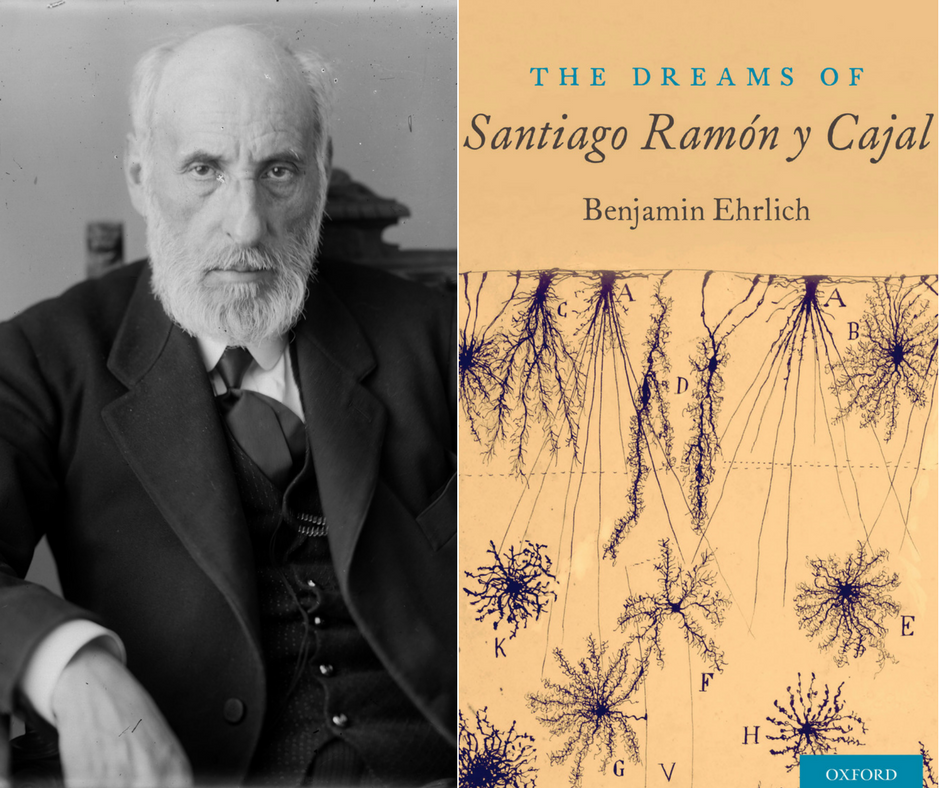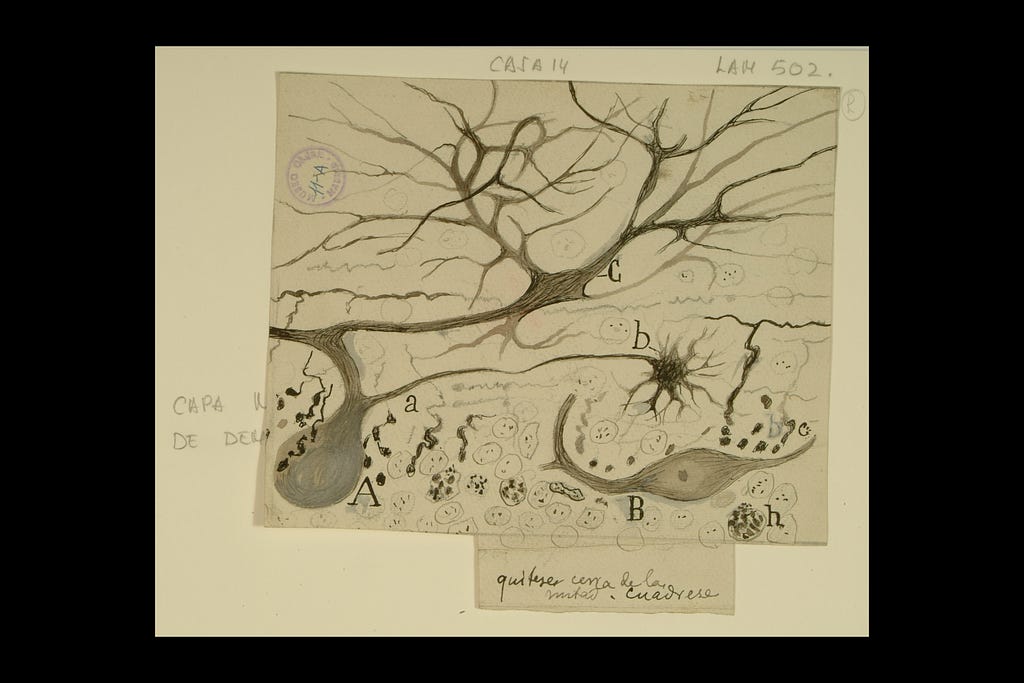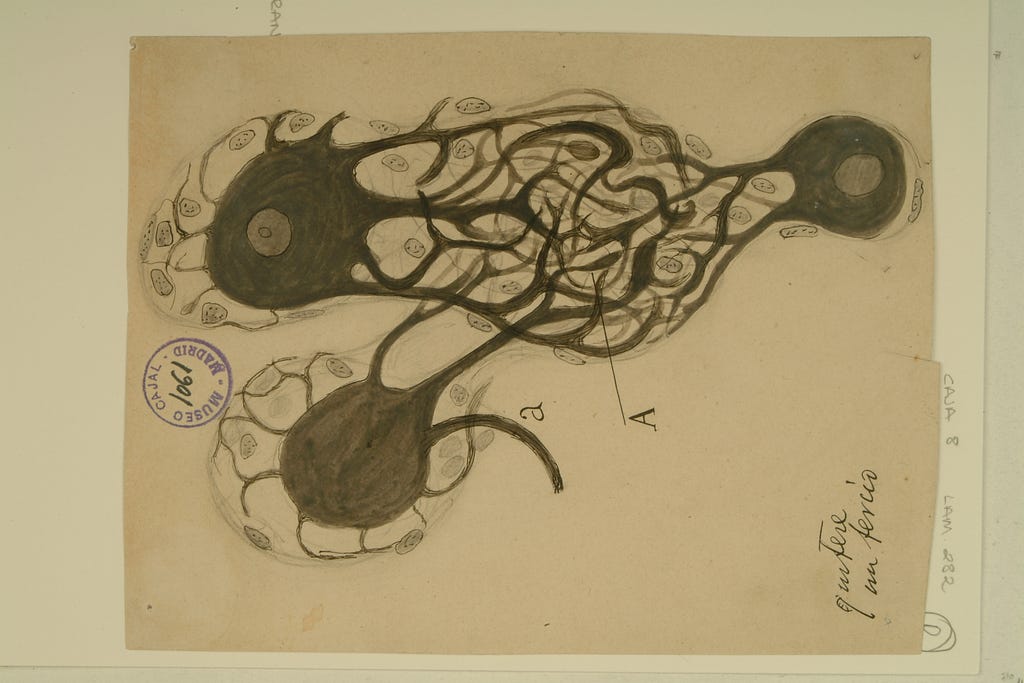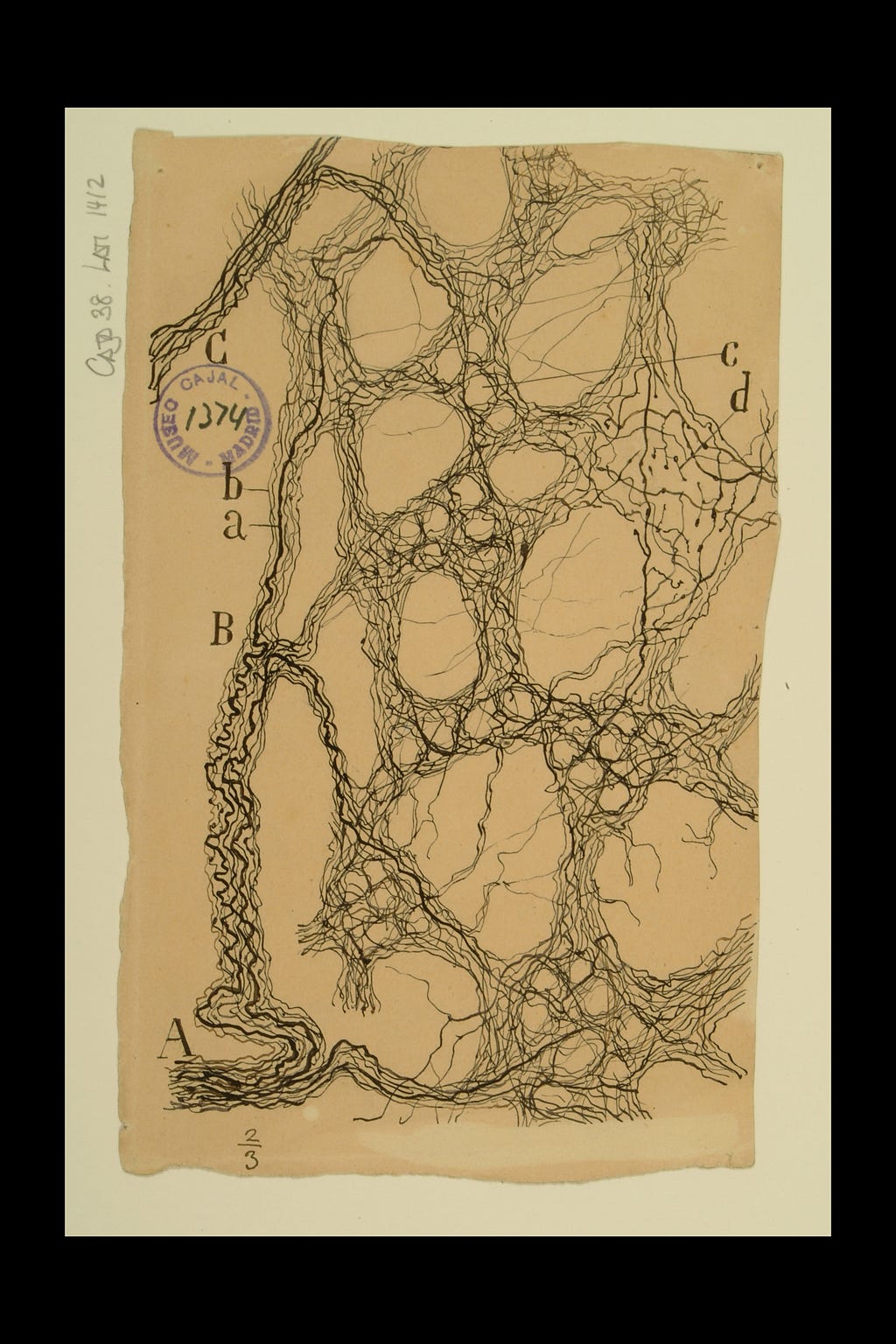After enduring cancer and infidelity, the family at the center of J. Robert Lennon’s novel, Broken River, leaves their arty life in gentrified Brooklyn for Broken River, a small town in upstate New York, home to a prison and not much else. As if the town’s name is not enough of an omen, the house they choose — where they’re going to repair their fractured family bond — was the site of an unsolved double homicide. There are moments where Lennon gives his characters the chance to change course, but cowardice is as inevitable as the gruesome conclusion. Over e-mail, Lennon and I discussed autobiographical fiction, regret after publication, and writing in the age of Trump. [ed. note — J. Robert Lennon is the Editor-in-Chief of Okey-Panky.]
Adalena Kavanagh: This is a novel about a troubled marriage between a writer and an artist. They’ve just moved to a house that was the site of a tragedy a dozen or so years prior and their pre-teen daughter has a growing obsession with that tragedy. Without giving too much away, in this novel there is an observer figure that hovers over the narration and seems to gain omniscience as it gains consciousness. How and or why did you come up with this conceit? Is it a commentary on third person POV and omniscience?

J. Robert Lennon: The opening chapter of this book is an impromptu riff that I tossed off one bleary morning… I had no idea what it was going to be. It started out as an exercise, an intentional echo of the middle chapter from To the Lighthouse, and it turned almost incidentally into a crime thriller. Anyway, the Observer was just a rhetorical device at first — I was trying out this floating-camera perspective, and then realized it could also serve as an emotional distancing tool during the murders that occur a couple of pages in. Later, when I realized I’d begun to write a novel, I figured I could give the Observer a kind of character arc, which, many drafts later, I expanded and refined with the help of my editor, Ethan Nosowsky. There’s definitely a bit of meta-narrative there; the Observer stands in, variously, for the reader, for the writer, for the unconscious motivations that shape our lives.
Kavanagh: Why would you want to create emotional distance during the murders?
Lennon: I’m not interested in writing horror! I couldn’t see the point of presenting a vivid closeup of rape and murder in the opening pages of a literary novel. The reader should understand that something terrible and traumatic has happened, but they needn’t be compelled to wallow in it. I didn’t want to write that, and I wouldn’t want to read it.
Kavanagh: In your story collection, See You in Paradise, the men are endearing fools, but the father here is drawn in a way that makes him less endearing, perhaps a bit more contemptible. At the very least, one doesn’t get the sense that he’s the hero of his own story. Was that a conscious decision to work against the types of men in your previous work?
Lennon: Not really. At the time, I was feeling guilty about my own shortcomings as a husband and father, and wanted to write about that in an indirect way. As with most of my characters, the result doesn’t resemble me much — I’m not perfect, but I’m by no means the kind of self-absorbed, lumbering cad I’ve created in Karl. He’s not the hero of his own story, but he sure thinks he is.
When my younger son was a toddler, he used to get night terrors that centered on this sinister character called “Daddy Man.” It was a monster version of me — vicious, hairy, bloodthirsty, a werefather! At the time, I read it as an expression of my son’s fear that good and comforting things could turn bad. I mean, he was right, they can, but you don’t tell a three-year-old that. “Yes, excellent observation, evil lurks within us all, now go back to sleep!” Anyway, it was hard not to feel wounded by the whole concept. Were these horrible characteristics things he saw in me, somehow? Things I couldn’t see myself? I think Karl has got a bit of Daddy Man in him; Irina, the daughter, almost lets herself see him this way, and calls him “Ape Dad.”
Kavanagh: Daddy Man! Sounds like a great premise for a comic. In this book the daughter secretly read her mother’s work, and the husband, after having *pretended* to read his wife’s work, finally does, and is surprised how much he likes it. Have your own kids read your work? Do you want them to?

JRL: I think my older son has read my collection of very short stories? I don’t believe either has ready anything else. My older was hanging around the apartment when the box of Broken River-s arrived, though, and I gave him one, so perhaps he’ll give it a spin. I don’t think they’ve read their mother’s work, either. Is that odd? I’ve never asked other writers this question. It’s strange that thousands of strangers might know me in this intimate way that my children do not. I guess I do want them to.
Kavanagh: I recently read somewhere that writers who aren’t from the jack-of-all-trades school (you know the ones — the ones who were part of the rodeo and did various manual labors before picking up the pen) struggle to give their characters work that isn’t writing-adjacent. Do you share that struggle? The father in this book is a sculptor. How did you decide on that profession?
Lennon: I do not share that struggle, I don’t think. The parts of this novel I enjoyed writing the most, in fact, were about a guy who manages a carpet warehouse. Though I tend to keep it out of my author bio, my family comes from working-class roots, and I’ve done a fair amount of manual labor. I feel pretty comfortable writing characters all across the class spectrum.
That said, I’m a book-writin’ Ivy-League college professor now, so I don’t pretend to have any special insight. In this case, I made everybody a creative artist of some kind because I wanted to think about the ways people invent their own realities, the way they narrativize their longings, and lead themselves into catastrophe. Everybody does this, of course, but there was something appealing about taking these creative Brooklynites out of their native environment and watching them squirm in the woods; their creative projects make for fun set pieces about their insecurities and delusions.
“There was something appealing about taking these creative Brooklynites out of their native environment and watching them squirm in the woods; their creative projects make for fun set pieces about their insecurities and delusions.”
As for Karl, his manipulation of glass and steel is an expression of his dumbass masculinity — or at least he believes it is. He likes to think of himself as Hephaestus or something, fashioning art out of the very earth with blades and fire! When what he really is, ultimately, is a guy selling knives on eBay. I’m tempted to think there’s a little bit of Trump in him.
Kavanagh: Was there any real life inspiration for this story and setting? I’m thinking of the house and its past.
Lennon: Yeah, the first house my ex and I bought was the site of a notorious local murder! She’s a writer, too, so this was practically a selling point for us. I hadn’t even been thinking about our old place when I started writing this book, but I’m sure it was somewhere back there, poking at my subconscious.
Kavanagh: I think it says something about you (besides love of a bargain) that you bought a murder house! I can safely say I will never knowingly buy a murder house. Some people don’t believe in coincidences (therapists come to mind) but you did subconsciously write about *a* murder house. I’ve been thinking about how writers and readers approach autobiographical details in fiction. It really shouldn’t matter for the reader at all, and it’s not their business — the text is their business — but it could be interesting for a writer to self-examine if they’re so inclined.
Have you ever been surprised by what a piece of writing revealed to you about yourself?
Lennon: Yeah, that does happen when I look back at old work — it always seems, in retrospect, so transparently of its moment in my life. I do have a treasured narrative about myself that I don’t write autobiography, and when I’m writing, I believe it’s actually true. But even a cursory review of my work reveals that I write about myself incessantly. I think I’ve just internalized the process of depersonalizing experience for the purpose of refining and repurposing it…I have to believe my own propaganda to get the stuff done!
Kavanagh: Have you ever published anything you regret publishing?
Lennon: My old stuff is mildly embarrassing, but for the most part I don’t regret publishing it — it’s just callow juvenilia, nothing to be remorseful about. I do wish I’d done more work on my novel Happyland; a bunch of the characters are lesbian college students, and one of them is Asian, and though they’re all sympathetic and I think earnestly drawn, I’m a lot more sensitive now than I was then to the nuances of writing characters different from me. I’d like to think we all are — the literary world is far from fully woke, but it’s been changed for the better in the past decade by an influx of strong nonwhite, non-straight, non-cis voices.
Also, one time an interviewer asked me if I thought I owed anything to independent bookstores, and I got annoyed at the question, which I found pushy and sanctimonious, and I replied that I didn’t owe anybody anything. I regretted that one instantly — it’s pretty fundamentally false. My career would probably be in the shitter without independent booksellers. The interview’s still out there somewhere on the internet, I’m sure, mocking me.
May I say my Hail Marys now?
Kavanagh: You said: “I’m a lot more sensitive now than I was then to the nuances of writing characters different from me. I’d like to think we all are — the literary world is far from fully woke, but it’s been changed for the better in the past decade by an influx of strong nonwhite, non-straight, non-cis voices.”
How have you consciously or unconsciously changed your approach to writing characters different from you? What resources or people have informed this shift? How might writing difference best be addressed in MFA programs like the one you teach at?
Lennon: You know what — I think the main resource for my own education has been Twitter. Gamergate and Black Lives Matter got me following more African-American and vocally feminist personalities, and I’ve been slowly absorbing the things these writers talk about, and reading the things they link to, and the books they recommend. To be honest, at this stage, I think I’ve become more averse to wading in, especially when it comes to race — I think I’m less likely to try to write nonwhite characters than I once was. I’m starting to understand how little I understand. And, at the moment, writers of color are doing extraordinarily strong work that obviates the need for input from people like me. On the other hand, I’m much more comfortable now talking with people different from me, and I think I know better than I once did what I can and can’t bring to the MFA workshop table, to help students of color. Or at least I’ve learned how to listen better.
I don’t think I’d encourage a white student writer to inhabit characters of color, right now. Obviously, there are no rules; and in my experience, students are usually respectful and tolerant of each other’s forays into unfamiliar territory, and forgiving of mistakes. But…it’s hard for even the most empathetic white writer to avoid the pitfalls of privilege, while trying to write themselves out of it. The important thing, to me, is that all of us write things that are meant to be read by all, that our work invites people into our worlds.
Kavanagh: You have creative interests outside writing (for example I know you’re a musician and have an interest in photography). Do these creative pursuits inform the writing in any way?
Lennon: Perhaps? Mostly, it’s that I always feel restless when I’m not making something, and I get burned out easily on my writing, and then have to shift my drive to other things. Even reading for pleasure is hard for me; I keep wanting to get up and play the guitar or cook some food.
Kavanagh: Earlier you mentioned the crime thriller elements in this novel. Do you have any desire to write a straight crime novel? If so what would the allure and difficulties be?
Lennon: I did write one! It’s called Born Again. It’s a police procedural. I almost sold it, but ultimately it didn’t work out. I sort of want to revise it and self-publish it as a pseudonymous ebook. The allure was that I love police procedurals and read them all the time — their rhythms are close to my heart. But I lack the aptitude for a good puzzle. The plot’s frictionless, that’s the book’s problem.
Kavanagh: Imagine a book tailor-made to capture your interest RIGHT NOW. What is it?
Lennon: A quasi-science-fictional narrative about a psychological conundrum, told in a dry, straightforward style. Maybe I should write it myself!
Kavanagh: How is your writing going these days in light of our new President and the unfolding events? It feels similar to a post-9/11 moment. You either have to write from “before” or write differently. Has it changed how you write?
Lennon: Ben Winters asked me to contribute a short story for Slate’s Trump Story Project, which he was editing, and I’m very glad he did. I ended up doing a cover of Nabokov’s “A Visit to the Museum,” and it felt good to use that story’s dreamlike logic to channel my anxieties about current events. My work since inauguration — only a few months’ worth — has been more hallucinatory, less realistic, than other recent work. Maybe that’s the way forward.
The Trump transition has maybe been less difficult for me than the 9/11 one was — this time, I feel like there’s something I can actually do about it. 9/11 just made me sad. I know it was highly politicized eventually — devastatingly so — but at the time, all I felt was grief and helplessness that were hard to write through.
But Trump? Man, he’s our very id made real. He’s the monster white America created out of all our faults — sexist, bigoted privilege that got bitten by a radioactive spider. Literarily speaking, he feels inevitable — right in my wheelhouse, I’d venture to say. And though there’s nothing good about Trump, his rise has energized all the best people. I’d like to think writers are among them.





